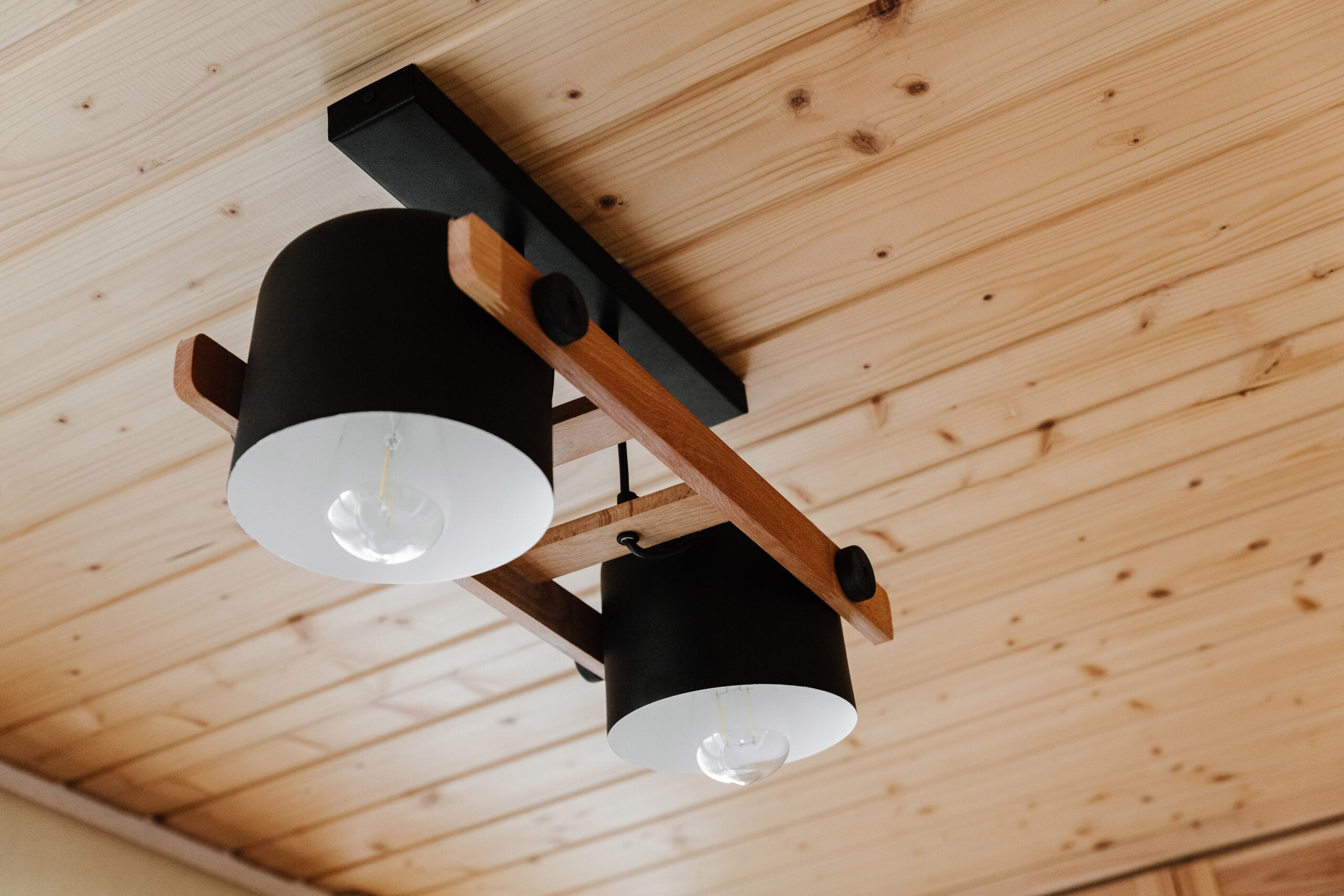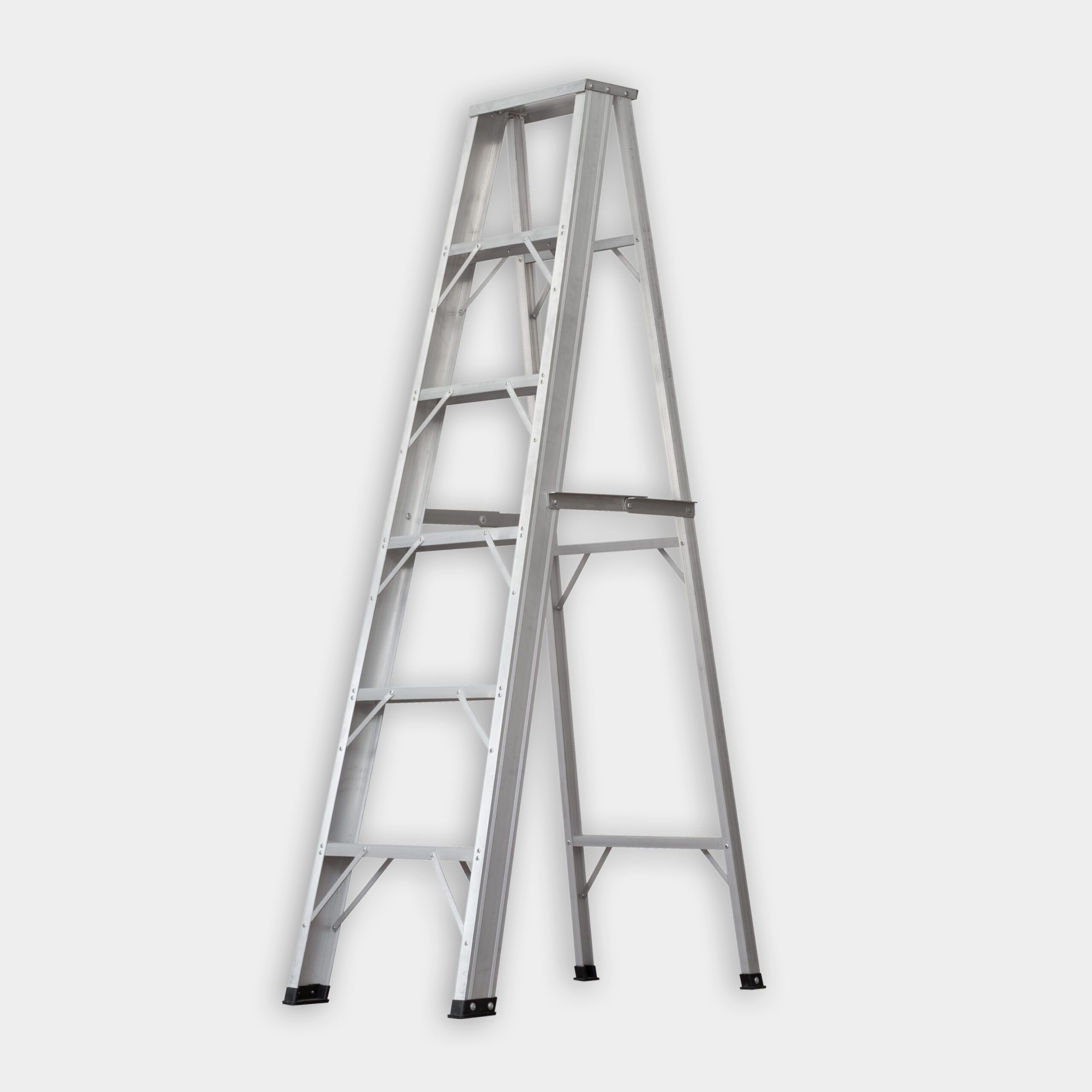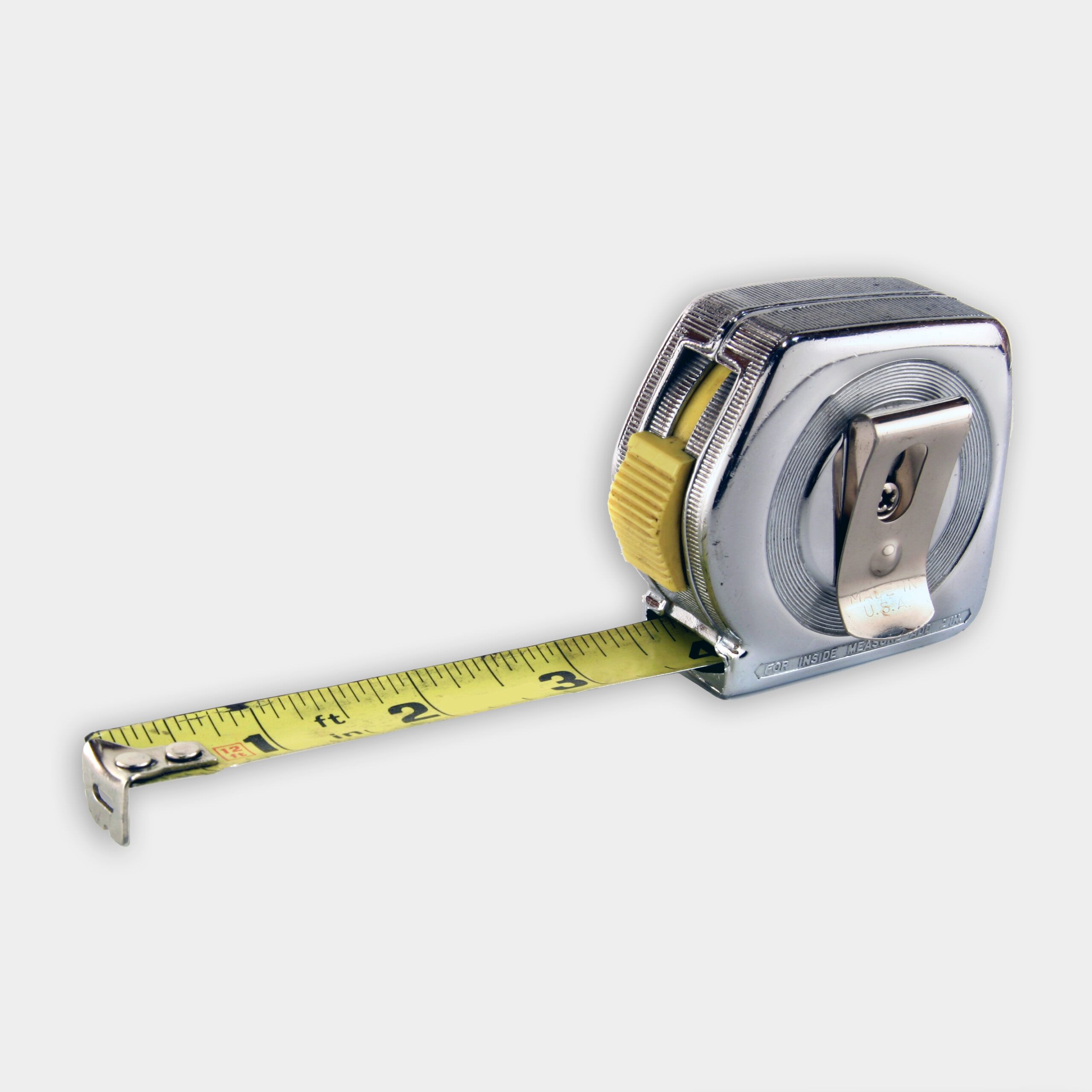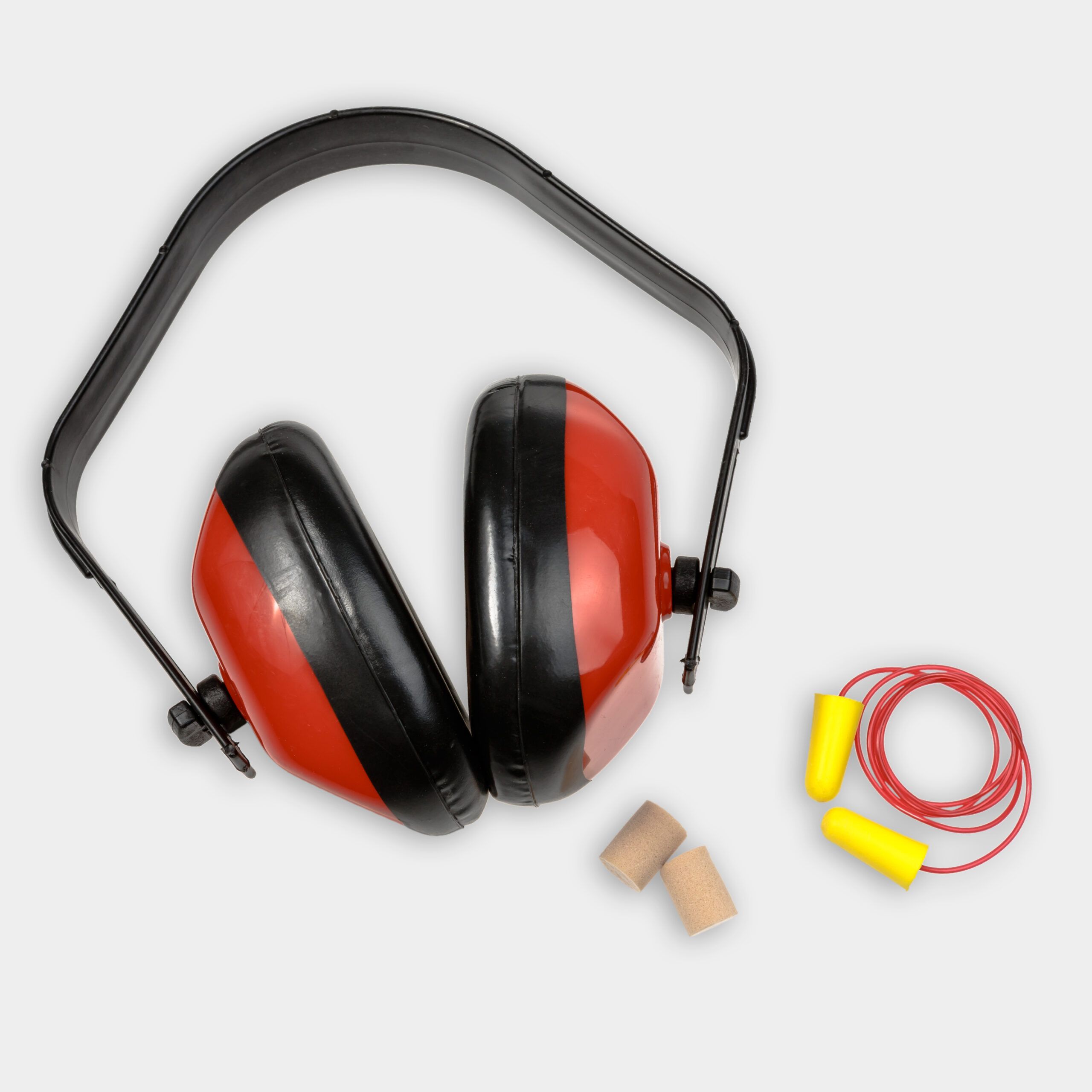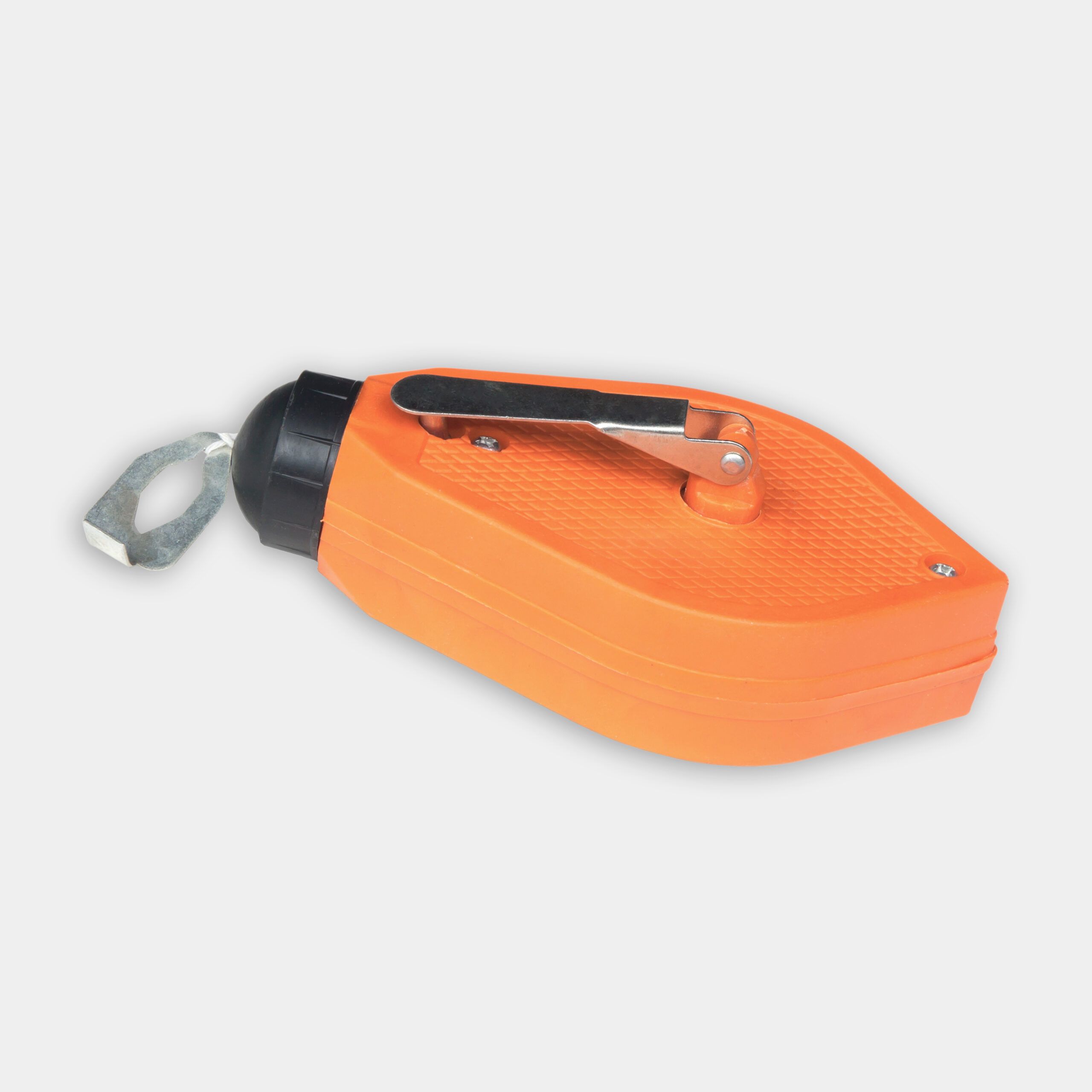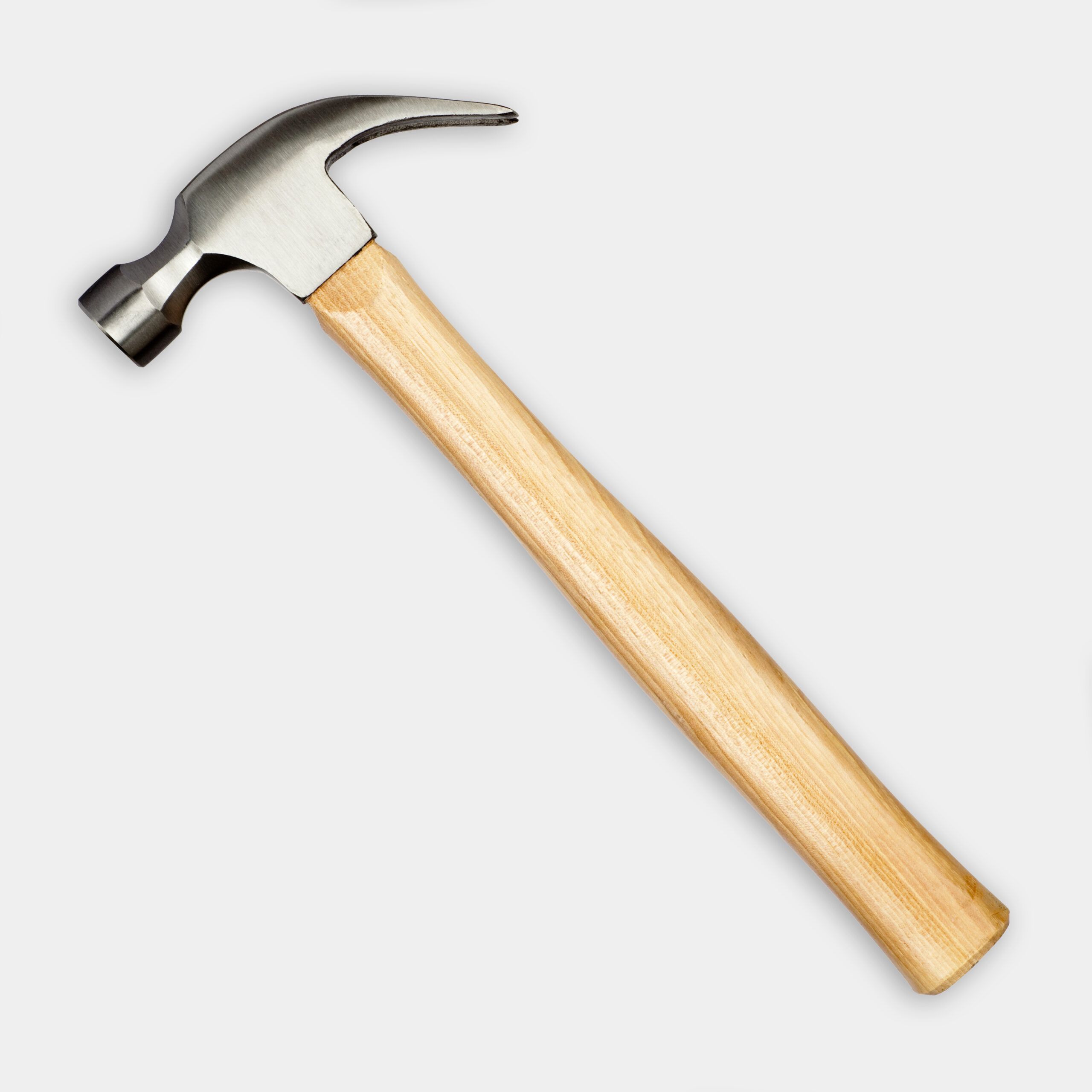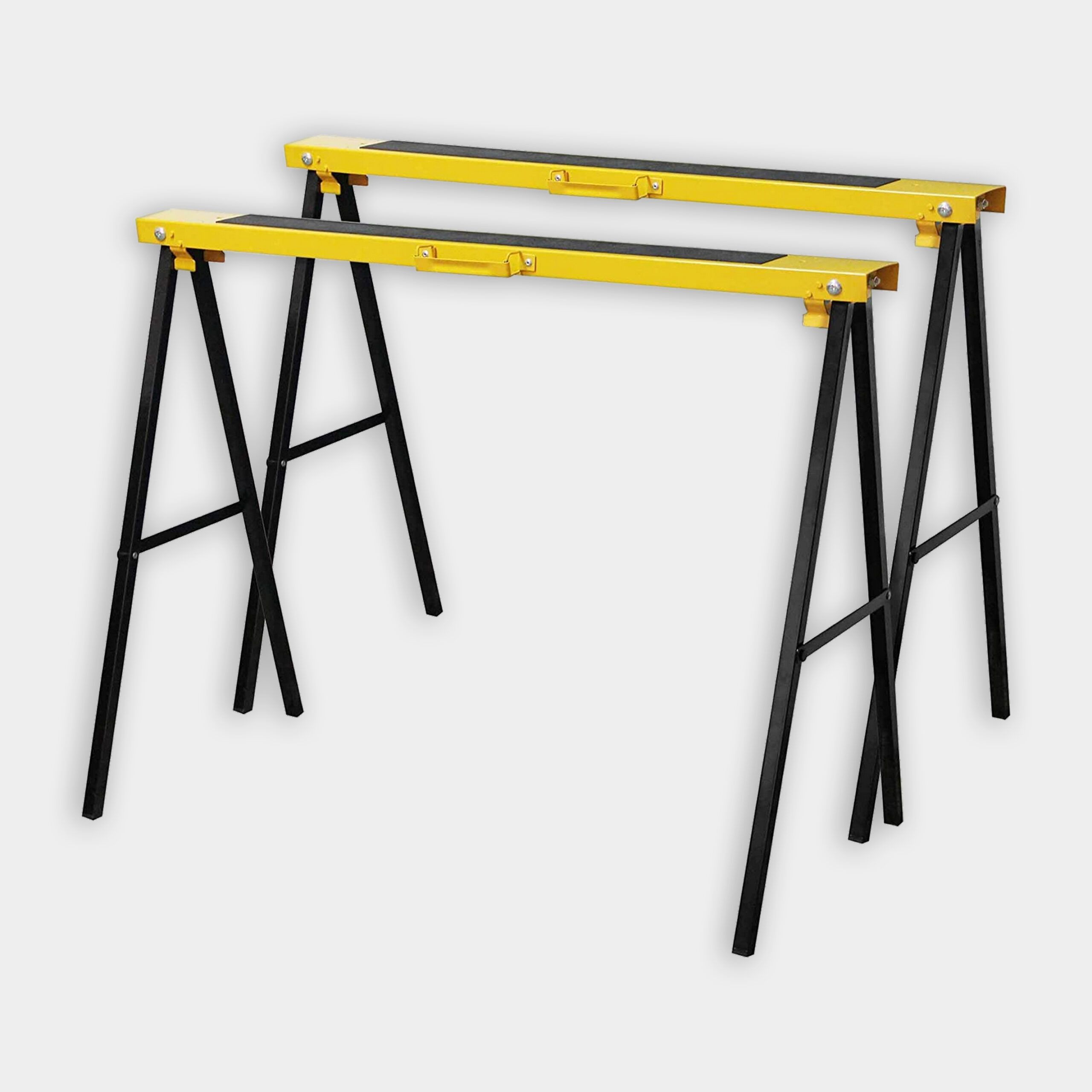Project details
Skill
Cost
Estimated Label
The ceiling is one of the most underutilized spots for design inspiration—there are tons of stylish possibilities for the ceiling. One to consider: A pine tongue and groove ceiling, which is easy enough for a DIYer, and it brings a stunning customized look to any home. And the beauty is you have several options to go about it, depending on the style you’re after. You can install the boards in a rectilinear pattern or even on a diagonal, and you can pick whether to show the plain side or the side with the central V-groove. You can also choose to paint them or accent the look of natural wood with a stain followed by a clear finish.
There is some variety of board sizes (1×6 is a common choice), but there are also narrower and thinner options, and some are even available pre-primed. It’s also a good idea to think about the molding profile that should border the ceiling—it could be as simple as a large quarter-round or as ornate as a built-up crown—but you’ll need it to cover the gap necessary to allow the boards to seasonally expand and contract.
Before You Begin
Measure the ceiling area to determine the appropriate amount of materials you’ll need to buy. After you buy the stock, store it in the room where it’ll be installed (or if it’s meant for an exterior application, indoors) and let it acclimate for a couple of weeks to reduce the amount of swelling and/or shrinking.
Spend some time making fresh square cuts with the miter saw on all the stock so the end joints are tight when installed (be sure to wear hearing and eye protection while using power tools). It’s also easier at this point to prime or stain the stock before it goes up. Be sure to prime/stain both sides of the boards to prevent them from cupping later. If you’re installing the ceiling in an outdoor area, remember to prime the ends of the boards, too.
Examine the existing ceiling
First, remove any existing light fixtures in the ceiling; remember to turn off the circuits at the breaker box beforehand. If this is a new construction and you envision lights in the ceiling, you’ll want to hire an electrician to rough-wire the ceiling before you begin.
Will you be working with exposed ceiling joists or drywall? If you’re going to install over drywall, you need to determine the location of the ceiling joists. In modern construction (post-WWII), you can reasonably assume that the joists are 16 inches apart, but it makes for easier nailing when you know exactly where they lie, so use a stud finder to locate the spacing and orientation of the joists. Then, with your helper, snap a chalk line along the length of each.
You can also fasten 1×3 or 1×2 nailers (strapping) to the joists with screws, which helps to level out any bumps and makes nailing the T&G easier. If you choose, the strapping will also give you the option to change the direction of the tongue and groove boards, from perpendicular to parallel with the joists. (See Drawing)
While you have the chalk line out, find and mark the centers of the two sides that are perpendicular to the run of the joists, then snap a line to mark the center of the ceiling.
Install Tongue and Groove on the Ceiling
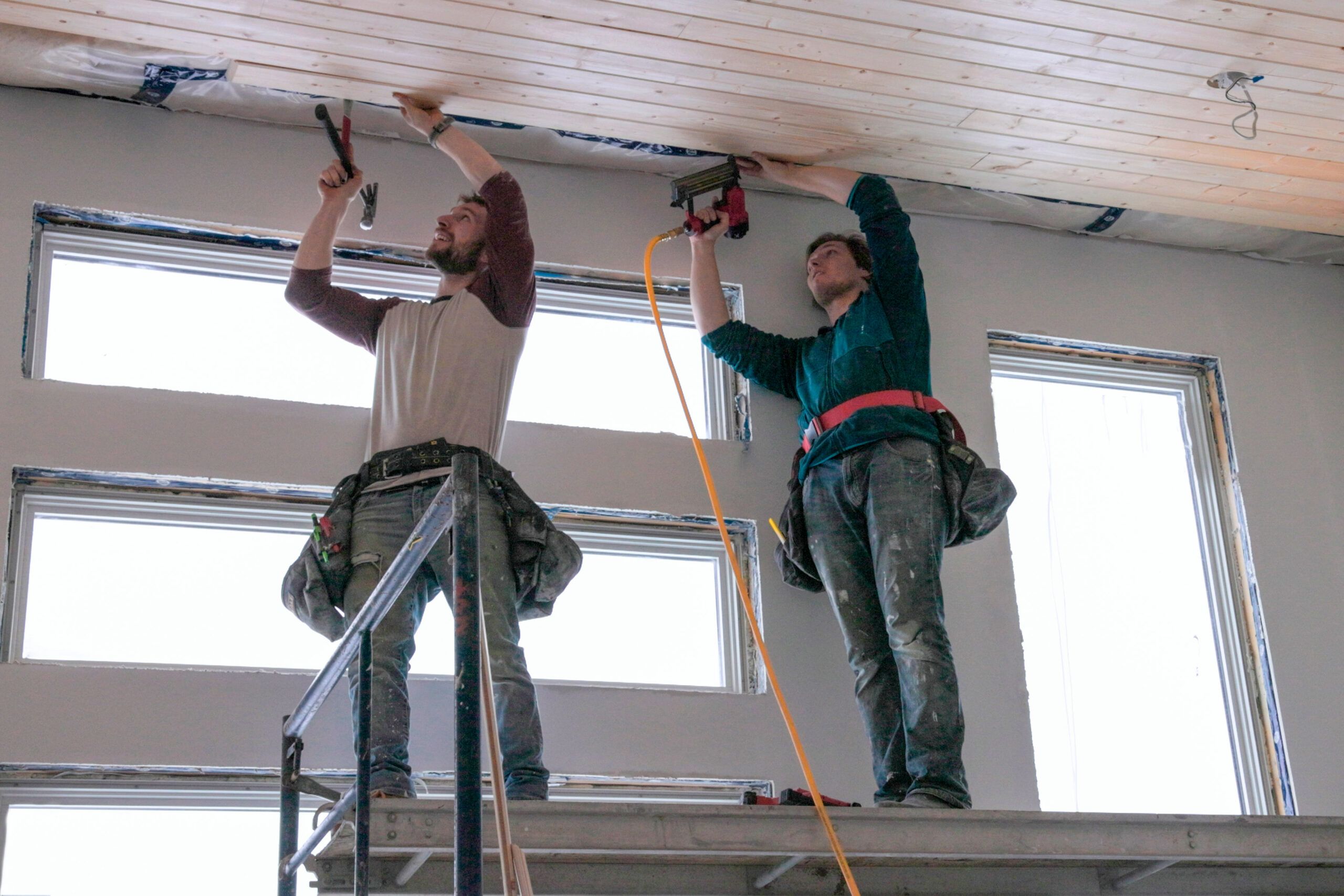
There are two ways to install a T&G ceiling. You can start at one side and work your way across, or you can take a cue from hardwood flooring installers and start in the middle, with the groove sides of two boards opposing each other, and work outward. The latter method is preferable as it reduces the amount that the boards in aggregate can expand. We’ve outlined the steps for starting in the middle below.
Either way, figure out the math before you begin—the most visually appealing look is to finish with similar widths at the ends of the run. Be sure to factor in an additional ½-inch space for expansion on both sides. (You only have to worry about wood expanding across its width, not its length, so there isn’t a need for an expansion gap at the board ends.)
For instance, if you’re using 1×6 stock (5 ½ inches wide), and your ceiling is 123 inches (11 feet long by 8 feet wide), you’ll need approximately 22.36 8-foot-long boards. You don’t want to end up with an approximately 2-inch-wide strip at one end and a full-width board at the other. Instead, add the 2 inches to the width of a board and divide by two, which gives you identical starting and ending boards that are each 3 ¾ inches wide. Subtract the ½ inch from each, and you’ll end up with 3 ¼-inch-wide boards.
Steps for installing the ceiling
- To start in the middle, place the groove-side of the first board on the center chalk line that you snapped.
- Nail it through the face, rather than the tongue, into the framing/strapping, so that it’s securely fastened, and fill in the rest of that row from wall to wall, being careful to align the boards with the chalk line. As you go, tap the ends of the boards together with a hammer for tighter end-seams.
- For the second course, fit the board’s groove side onto the first course’s tongue, make sure the fit is tight, and fasten it with nails driven through its tongue at approximately a 45-degree angle. The angled nail will go through the thicker part of the board, rather than just the tongue, and fasten the board more securely. If the boards don’t mate easily, use a T&G scrap as a sacrificial block and a hammer to knock them together.
- To give the ceiling a more random look, stagger the end-joints by a couple of feet between courses. (They don’t have to land on a joist.)
- Continue installing that side of the ceiling until you reach the last board next to the wall. Here, because of the tight space, you’ll need to remove the back side of the groove from the last board to make the installation easier. You can do this by cutting off that side of the tongue on a table saw, or more carefully, with a circular saw.
- Repeat the process on the other side of the ceiling, starting with a course face-nailed into the framing, groove side facing the groove side of the first board you installed.
Cutting around electrical boxes and HVAC vents
Inevitably, you’ll have to cut around light fixture boxes and possibly HVAC vents. The easiest method, before you nail the board, is to mark the box’s location on the nearest board or boards (the box may land in the middle of two boards.)
Place the board on a bench or sawhorses. If you have one handy, use a similarly sized electrical box to trace the marked portion of its outline onto the board, or transfer the box’s measurements onto the board(s), then cut the box’s outline with a jigsaw.
Make the cut a little loose for an easy fit (the cover plate or fixture should hide any small gaps) but not too loose. Check the fit with the board in place, adjust if necessary, and nail it up.
Add the finishing touches
When the tongue-and-groove ceiling is complete, it’s time to cut and install your chosen molding around the perimeter.
Use a color-matched filler to seal any visible nail holes, and if you’re working with paint-grade material, fill any gaps with a good quality latex caulk. When the filler is dry, give it a very light sanding to smooth it out. Primed boards will now need one or two coats of finish paint. Now stand back and enjoy your work!
Materials
First on the list is a helper or someone who can assist you with the project. The job will go a lot smoother with an extra pair of hands. And even if you don’t have all the tools listed below, you can usually rent them at your local home center. This is what you’ll need:
- 1×3 or 1×2 strapping (optional)
- Tongue and groove (T&G) stock (enough to cover the ceiling, plus 10% extra for waste)
- 2 1/2-inch nails
- 2 ½-inch screws (to attach the strapping)
- Molding (crown or similar) for the ceiling perimeter
- Finishing supplies (primer/paint or stain/clear finish; filler, sandpaper, caulk)
- Drop cloths to cover the floor during the finishing process
Tools
Tools & Materials
 Compressor and 16-gauge finish nail gun (or cordless nail gun)
Compressor and 16-gauge finish nail gun (or cordless nail gun) Bench or sawhorses
Bench or sawhorses
